Procedure for ASCENDING Selection Sort:
- Check every element in the list one by one to find the minimum element.
- Once the minimum element has been located, swap it with the first element. If the minimum element is the first element, make no changes.
- Repeat step 1 but starting from the second element instead of the first. The first element can be disregarded because it has already been sorted.
- Locate the minimum element. Here, the minimum element happens to be the second element so no swaps are made.
- Repeat steps 1 and 2 for every element through the second to last. Below is the process for the third element.
- After a few more repititions of steps 1 and 2, the list is finally sorted.
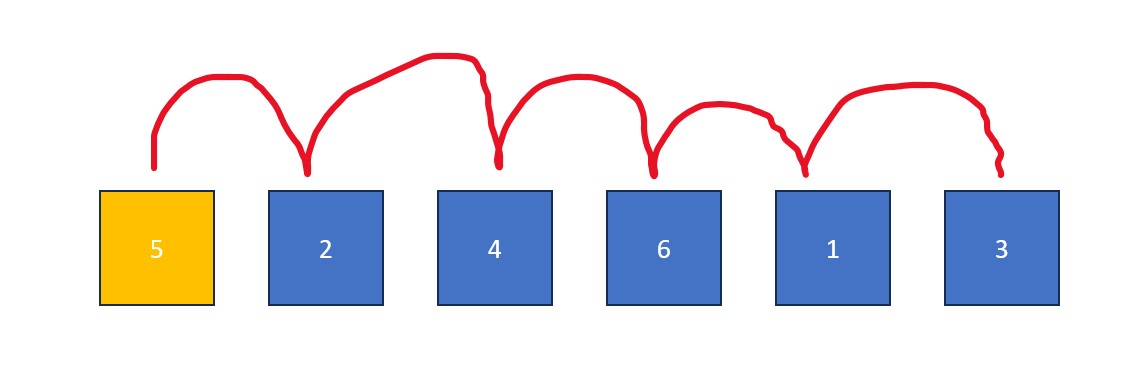
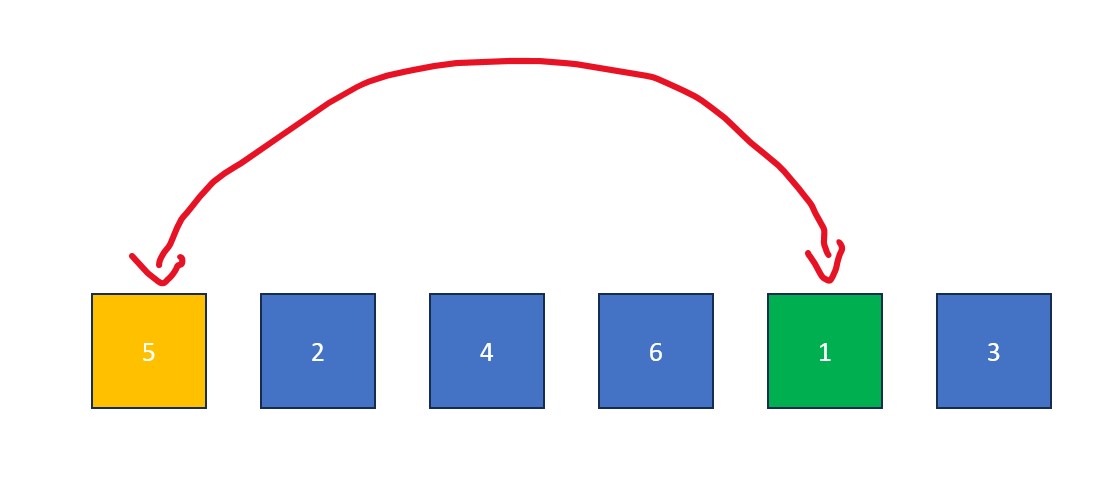
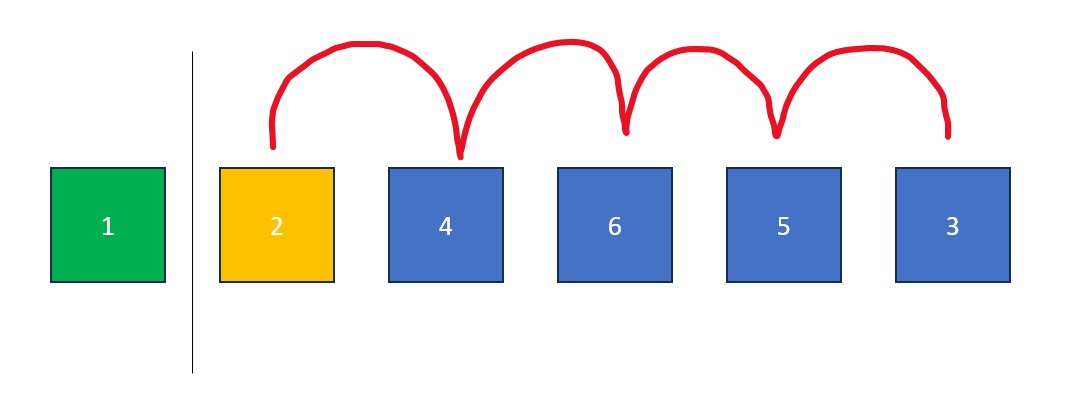
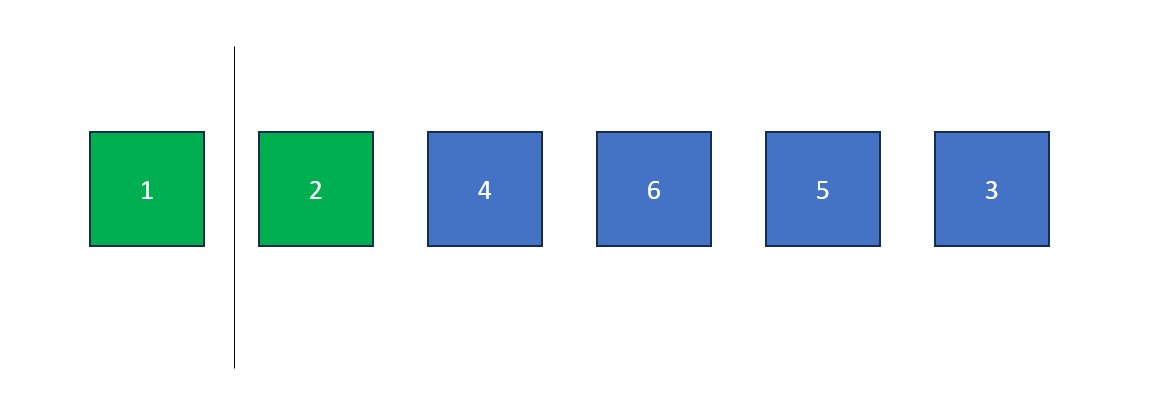
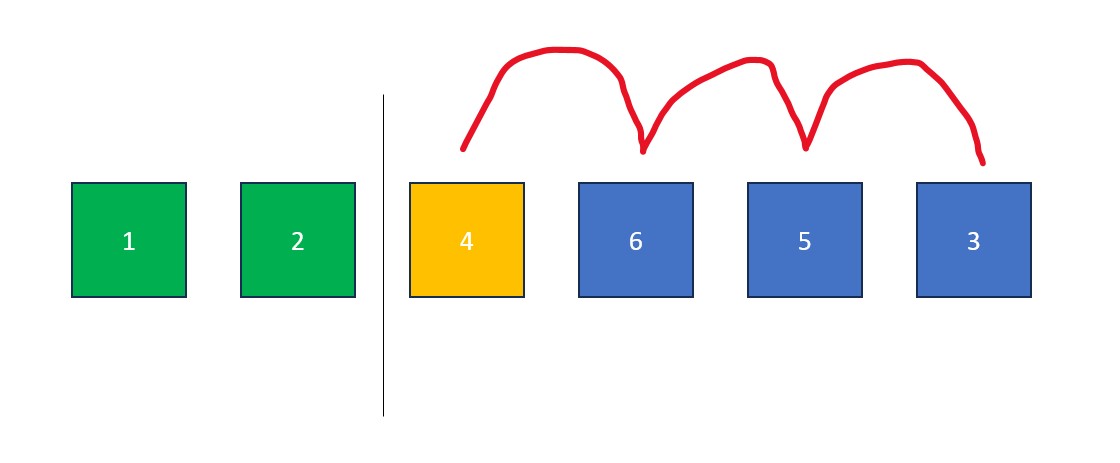
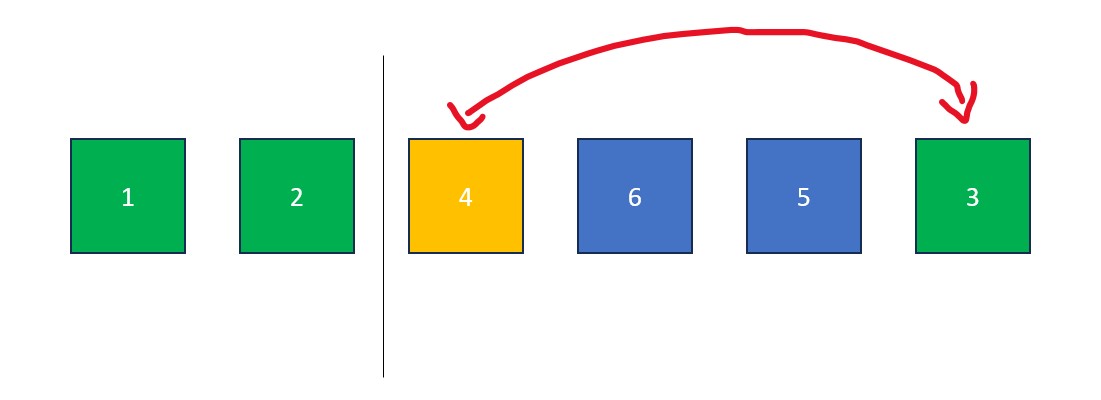
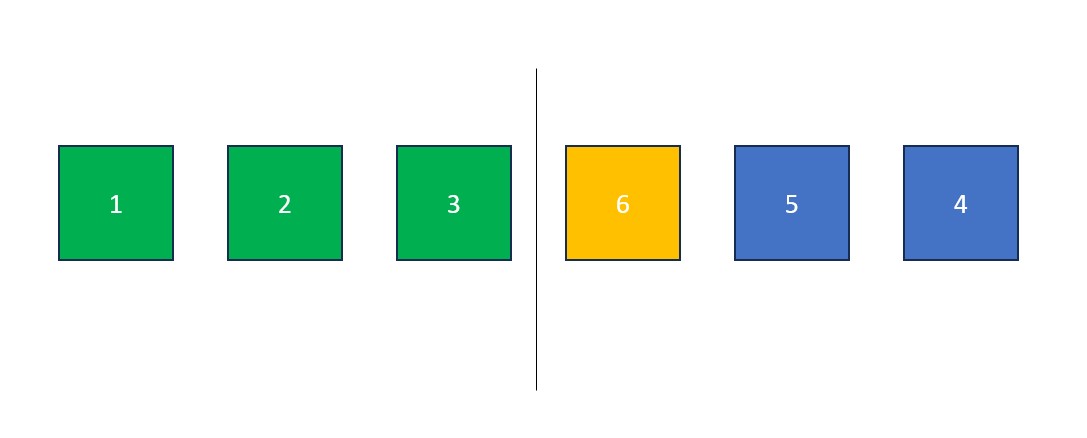

Fun Fact: Selection sort is one of the simplest sorting algorithms available but also one of the slowest. For a dataset containing 10,000 elements, a quick sort sorts the data over 700 times faster than a selection sort.